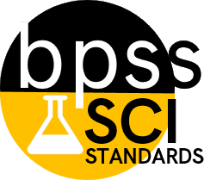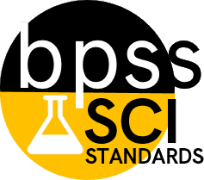4th Grade Science
| [LS] Life Science |
SCI-04.LS1.01
SCI-04.LS1.01 Construct an argument that plants and animals have internal and external structures that function to support survival, growth, behavior, and reproduction.Clarification Statement: Examples of structures could include thorns, stems, roots, colored petals, heart, stomach, lung, brain, skin,
quills, horns, tusks, scales, etc
| |
SCI-04.LS1.02
SCI-04.LS1.02 Form an explanation to describe that animals receive different types of information through their senses, process the information in their brain, and respond to the information in different ways.Clarification Statement: Emphasis is on systems of information transfer. Examples include responses to stimuli such as a hot surface
and pulling your hand away, animals running from predators, animals communicating with each other
through signals to express danger, reproduction, and for food. Student Learning Targets:Knowledge Targets
Reasoning Targets
Skills (Performance) Targets
Product Targets
Proficiency ScaleThe Student ...1 Beginning... with help, demonstrates a partial understanding of some of the simpler details and processes (Score 2.0 content) and some of the more complex ideas and processes (Score 3.0 content).
2 Developing... demonstrates no major errors or omissions regarding the simpler details and processes but exhibits major errors or omissions regarding the more complex ideas and processes (Score 3.0 content).
3 Proficient“The Standard.”... demonstrates no major errors or omissions regarding any of the information and processes that were end of instruction expectations.
4 Advanced... demonstrates in-depth inferences and applications regarding more complex material that go beyond end of instruction expectations.
ResourcesVocabulary
Websites
| |


 DCI Life Science LS1
DCI Life Science LS1